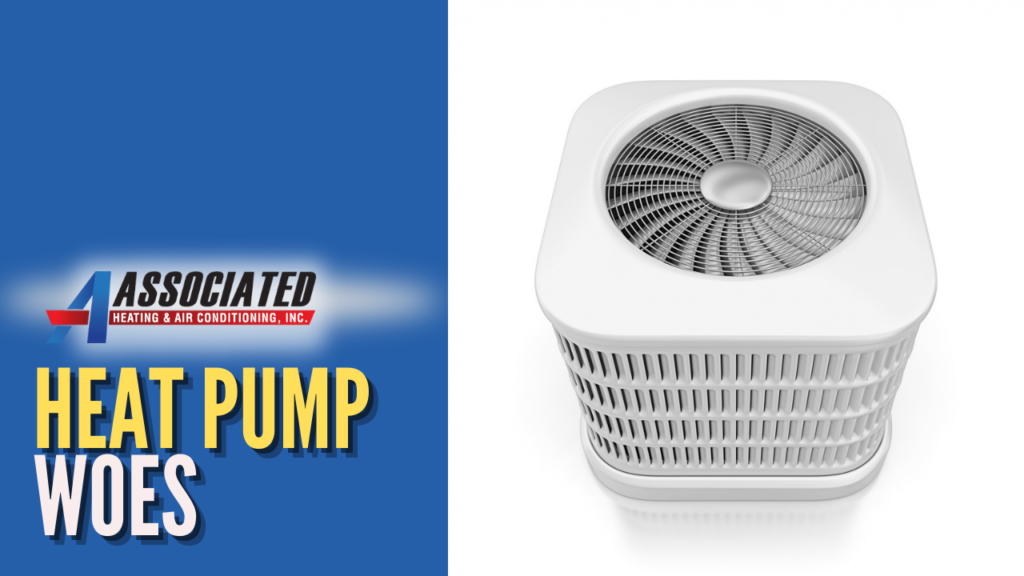
You got a heat pump to replace your air conditioner and your furnace at the same time. The savings have been great, the convenience is awesome, but now it’s just not changing over its function at the turn of the season. It’s a pretty big issue, but thankfully one that isn’t as catastrophic as you might think.
Through years offering heat pump service in Cottage Grove, OR, we’ve seen a little bit of everything. Here’s what you need to know about your heat pump before you begin to panic about whether or not it’s doomed to be replaced.
Before You Jump to the Switch, Check the Air Filter
A heat pump’s air filter isn’t there to capture dust and debris from the air for your respiratory system’s benefit. Although it does have some health benefits, that’s not it’s primary purpose. It’s keeping dust and debris off of the internal components of the heat pump, primarily the condenser coil.
If this gets coated in dust, it insulates the line. This isn’t a good thing. The line needs to be exposed to the temperature of the incoming air to help the refrigerant inside change states from liquid to gas, then back to liquid again. It also needs air to function in general, so if your filter is dirty and thick with dust, there isn’t enough air getting through in the first place. Switch it out, make sure you put a new one in every 30–90 days, and you should be A-okay.
Recalibrate Your Thermostat Just to be Sure
Your heat pump doesn’t know what the temperature is–your thermostat does. It gauges the temperature in your home, then either tells the heat pump to turn on or off. The heat pump just awaits instructions from the thermostat, so it may not be faulty at all. It could be a miscalibrated thermostat.
Thankfully, this is an easy fix you can carry out yourself. Use the included manual that came with your thermostat purchase, or find a PDF of the manual on the manufacturer’s website, and follow the steps to recalibrate your thermostat. Even if it’s just reading the wrong room temperature by a couple of degrees, it’s enough to make a big difference.
The Culprit Could be a Faulty Solenoid
At the end of the day, it might not be the air filter or the thermostat at all. Your heat pump might have an actual technical problem, and that could be a solenoid. This is a small device in your heat pump that physically switches the settings from heating to cooling.
If this is the case, we hate to be the bearers of bad news, but there’s no real DIY fix here. It has to be replaced by a professional HVAC technician. On the bright side, it actually helps you maintain your warranty. Many heat pumps have a 5–10 year warranty on certain parts, but with one stipulation: all work is carried out, documented, and verified by a licensed HVAC technician. DIY fixes can nullify your warranty, which could come back to bite you later on down the line.
Let’s Get Your Heat Pump Back in Working Order
Even if your heat pump runs into trouble for a different reason than we’ve listed here, we’re confident that our technicians will be able to figure it out for you and get your heat pump back on track. Give us a call today to schedule your heat pump repair services so you don’t have to stick it out with only one functioning part of your heat pump.
Contact us today to schedule your heat pump services as soon as possible.
